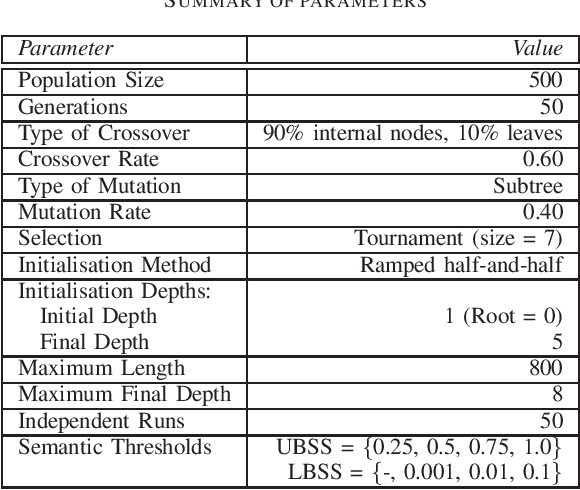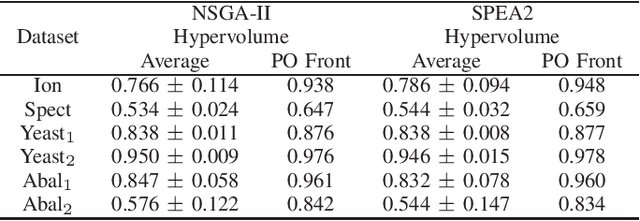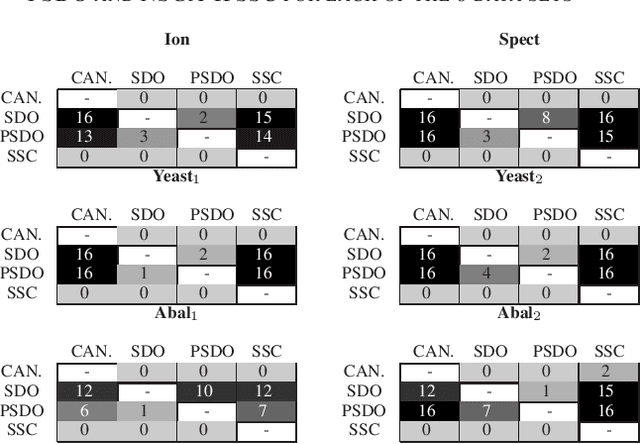Semantic-based Distance Approaches in Multi-objective Genetic Programming
Paper and Code
Oct 04, 2020



Semantics in the context of Genetic Program (GP) can be understood as the behaviour of a program given a set of inputs and has been well documented in improving performance of GP for a range of diverse problems. There have been a wide variety of different methods which have incorporated semantics into single-objective GP. The study of semantics in Multi-objective (MO) GP, however, has been limited and this paper aims at tackling this issue. More specifically, we conduct a comparison of three different forms of semantics in MOGP. One semantic-based method, (i) Semantic Similarity-based Crossover (SSC), is borrowed from single-objective GP, where the method has consistently being reported beneficial in evolutionary search. We also study two other methods, dubbed (ii) Semantic-based Distance as an additional criteriOn (SDO) and (iii) Pivot Similarity SDO. We empirically and consistently show how by naturally handling semantic distance as an additional criterion to be optimised in MOGP leads to better performance when compared to canonical methods and SSC. Both semantic distance based approaches made use of a pivot, which is a reference point from the sparsest region of the search space and it was found that individuals which were both semantically similar and dissimilar to this pivot were beneficial in promoting diversity. Moreover, we also show how the semantics successfully promoted in single-objective optimisation does not necessary lead to a better performance when adopted in MOGP.
 Add to Chrome
Add to Chrome Add to Firefox
Add to Firefox Add to Edge
Add to Edge